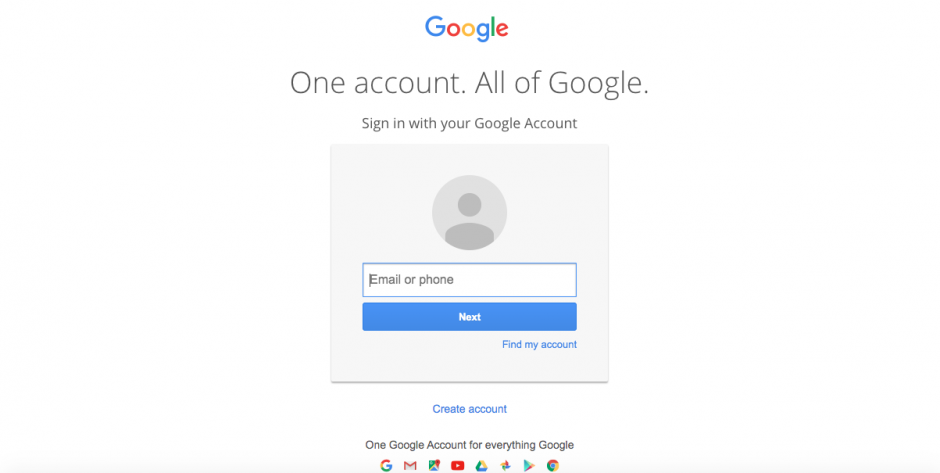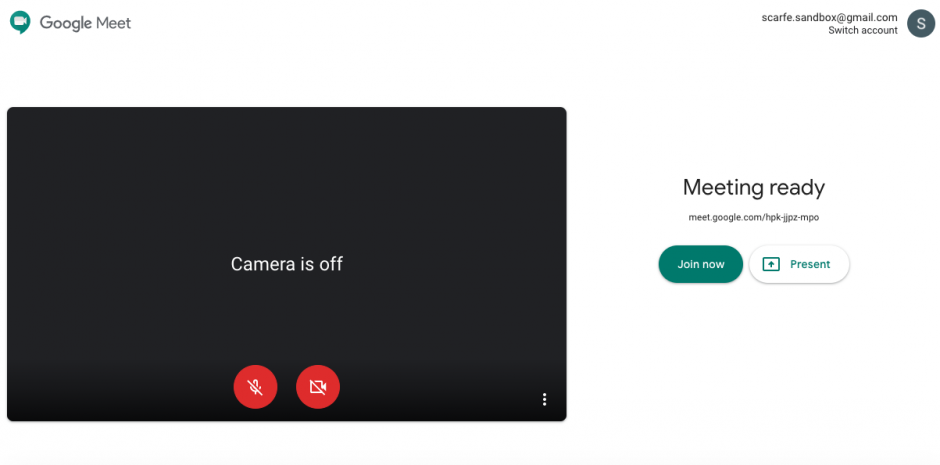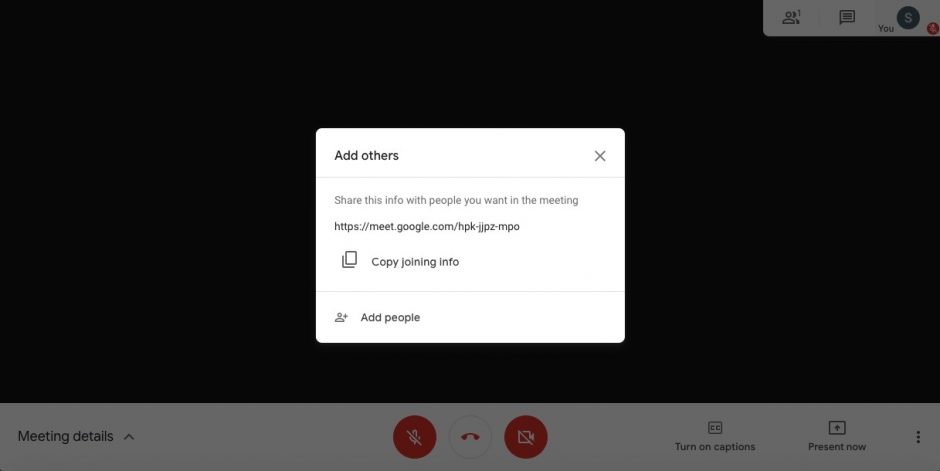
In April 2020, Google rebranded its web conferencing service previously known as Hangouts Meet to Google Meet, catering to larger groups and optimized for real-time meetings. Easy to join and free for anyone with a Google account, teachers and students can expect a seamless and collaborative online learning experience with Google Meet. This blog post will provide information on the specific features of this application and how to get started.
Some cool features of Google Meet include:
- Encryption for video meetings
- International dial-in phone option (no need for wifi or data)
- Ability to join directly from a Calendar event or email invite
- Compatible with modern web browsers
- Android and iOS apps available for mobile devices
- Live captions generated by Google’s speech recognition feature
- Artificial intelligence feature that automatically adjusts videos based on lighting
- Ability to share a screen and record the meeting
- Capable of hosting up to 100 participants per meeting
Google Meet is a wonderful tool that supports remote teaching & learning. Rather than having to adapt to a brand new technology, many students already have a Google account on their own and are quite familiar with its various features. Teacher candidates can use Google Meet for synchronous classroom activities such as group discussions, live lectures, one-on-one support sessions, etc.
Please note that currently, the free tier of Google Meet allows users to make unlimited calls. However, after September 30th, each call will be limited to 60 minutes.
- Access Google Meet from a web browser or download the mobile app
- Schedule a new meeting through sharing a meeting link, scheduling a Calendar event, or starting an instant meeting (look for the green + sign if using the mobile app)
- If starting an instant meeting, invite others to join by adding their email addresses
- Modify the meeting layout, microphone/camera access, captions, presentation mode based on our preferences





